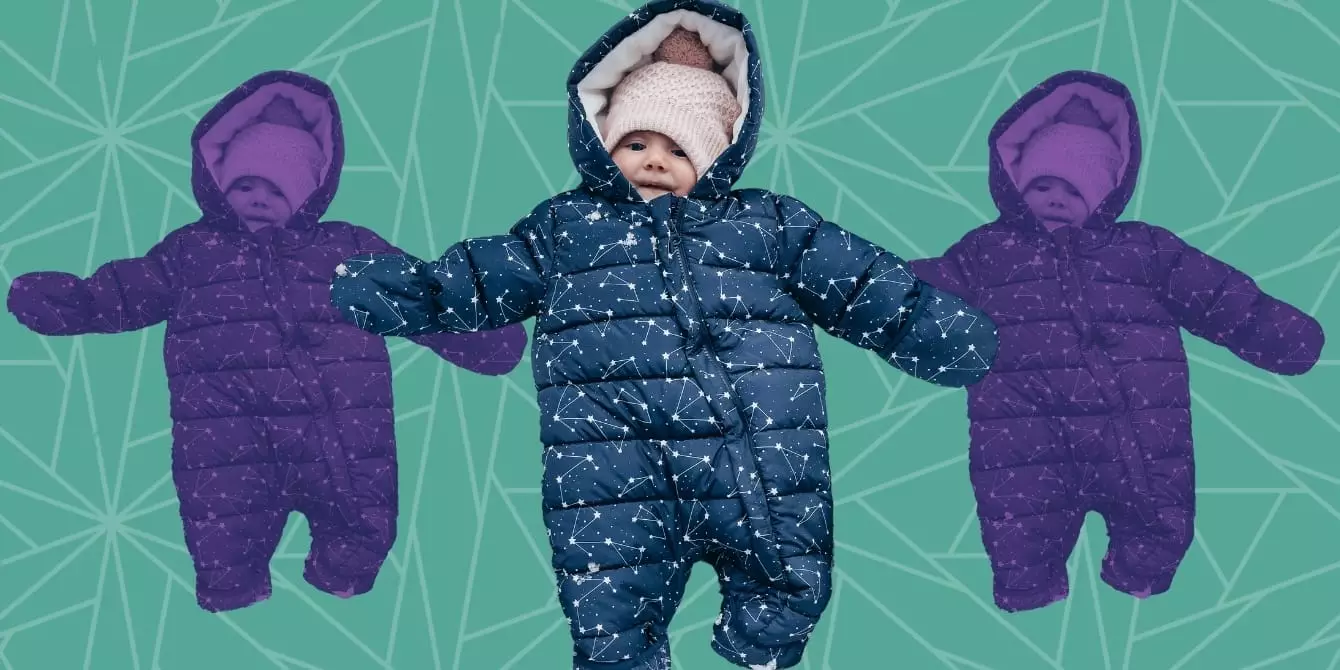As winter settles in and temperatures drop, the joys of babywearing can become a delightful method to keep both parents and babies warm amidst the chill. However, navigating the frosty conditions while ensuring your little one is dressed appropriately can be a challenging task. In this article, we explore essential tips and strategies to effectively keep your baby warm and comfortable while wearing them during the colder months.
Babywearing is not merely about convenience; it offers a plethora of benefits. It allows for intimate bonding while making it easier to traverse through crowded spaces or snowy terrain without the hassle of maneuvering a stroller. The closeness also helps parents easily monitor their baby’s comfort, ensuring that airways are unobstructed and that they don’t become too hot or too cold. This close contact can deter unsolicited attention from well-meaning strangers wanting to touch or coo at your newborn, especially during cold and flu season when you want to minimize exposure to germs.
Braving winter with your baby strapped closely to your body can provide the warmth of a portable heater. Yet, the question arises—how can you maintain this cozy cocoon without compromising your baby’s safety? The key lies in understanding layering and fabric choices, not just for the baby but for yourself as well.
When dressing your baby for winter babywearing, the mantra should be “layer up.” Start with a comfortable base layer such as fleece-lined footed pajamas, which insulate without adding unnecessary bulk. An excellent rule of thumb is to dress your baby in one more layer than you’re wearing. Remember, the baby carrier itself counts as one of those layers.
To ensure your little one’s extremities are warm, focus on items like cozy hats, socks, and booties. These smaller items can make a significant difference in keeping your baby warm without overwhelming them with bulky outerwear like a snowsuit or heavy coat. If your baby enjoys waving their hands, consider adding mittens or using socks to cover their hands instead. A suitable outfit for your baby is one that allows for ease of movement and warmth while avoiding the risk of fabric creeping up and exposing tender skin to the cold air.
Just as you must carefully consider your baby’s attire, the same attention should be given to your suitable winter outfit. Begin with a long-sleeved base layer, like a breathable thermal top, and then add an unbuttoned flannel shirt or a lightweight sweater before zipping on a coat. Opting for an oversized coat that fits comfortably over the carrier can be advantageous. This allows for more freedom of movement without restricting your baby’s airflow or comfort.
When adjusting your coat around the carrier, zip it partially to maintain visibility of your baby’s face while securing warmth. This method also enables you to peel off a layer if you find yourself entering a heated environment, which is crucial if your baby is napping snugly against you. The last thing you’d want is to disturb their dreamy slumber just to regulate temperature!
A common misconception is that babies are more likely to get cold when placed in a carrier. In reality, they are often more susceptible to overheating due to the cumulative warmth generated by your body heat and their clothing layers. Pay particular attention to signs of overheating such as flushed cheeks or excessive sweating. If you notice these signs, don’t hesitate to remove a layer or two, even if that means taking off a hat indoors.
It’s vital to ensure that babies remain close enough for easy checks but always keep airways clear and avoid letting their chin touch their chest, which could restrict breathing. If you’re worried about slipping in snowy weather, consider practical solutions like wearing non-slip shoes and ensuring your hands are free for balance.
Equipping yourself with the right supplies can make winter babywearing safe and enjoyable. Prepare for potential icy conditions by using a carrier that provides enough support and coverage, like structured wraps or slings. To keep wraps or carriers dry when tying them—especially in snow—do it indoors whenever possible.
Even during those attempts to escape the winter cabin fever, remember that a few minutes outdoors can rejuvenate spirits for both you and your baby. Whether on simple strolls or exploring holiday decorations, ensuring both of you are adequately bundled up will allow you to relish these precious moments together without fret.
Winter babywearing combines the warmth of closeness with practical strategies to keep your baby safe and comfortable. By layering wisely and preparing for cold conditions, you can enjoy this unique bonding experience while successfully facing the winter chill together.

